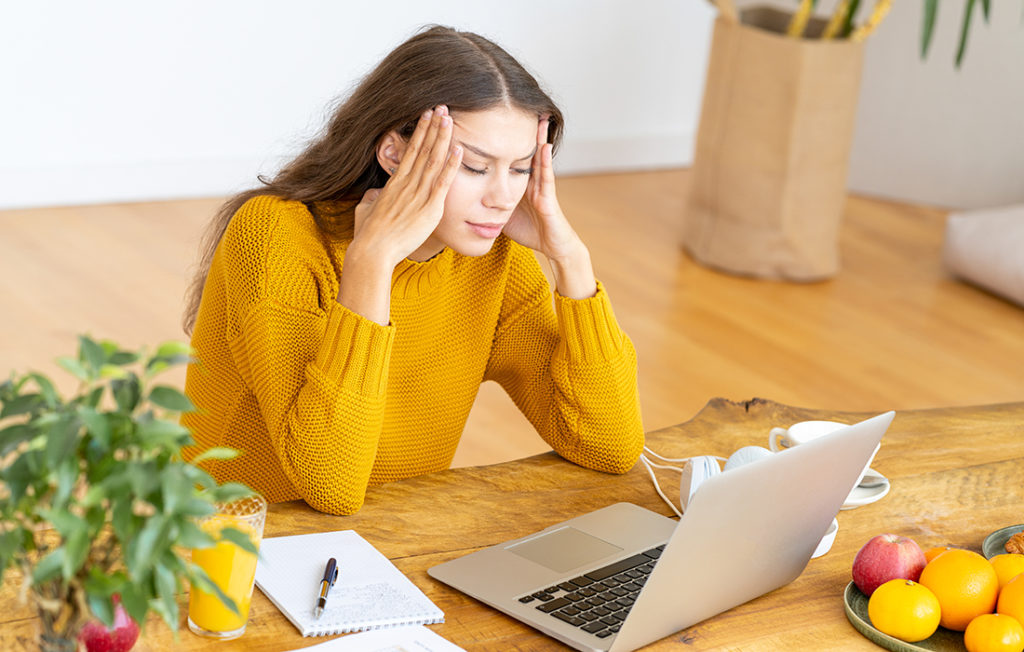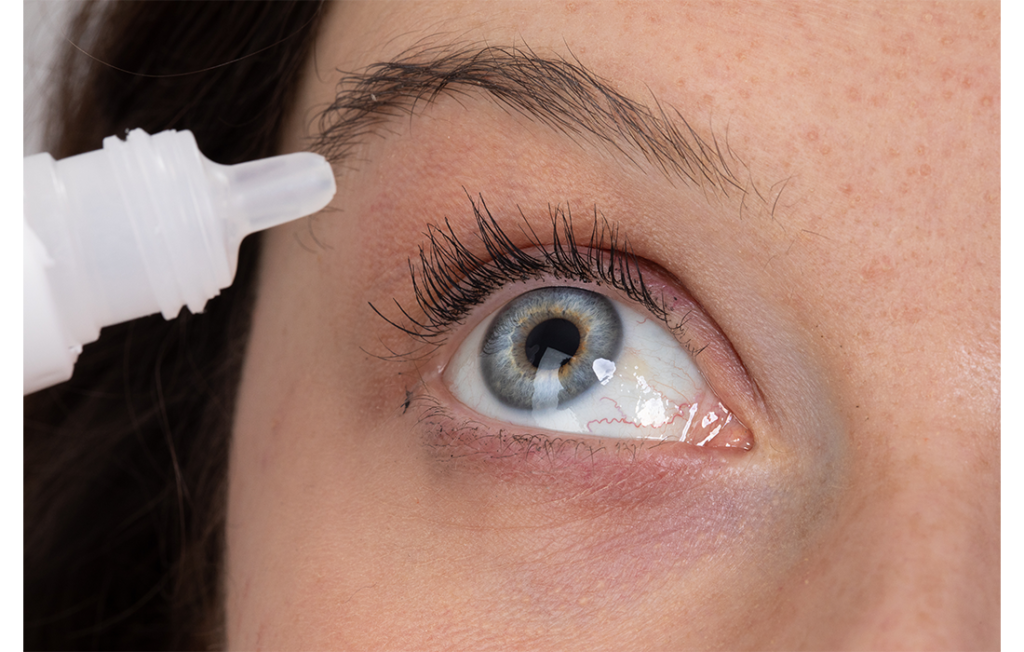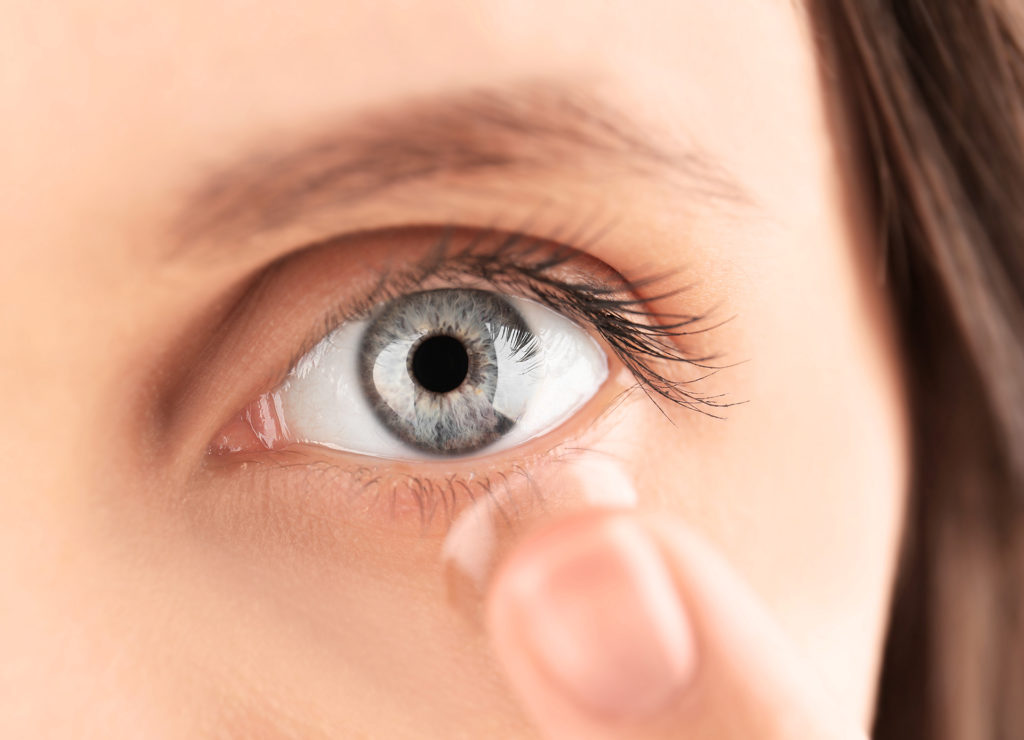How To Prevent Computer Eye Strain

Courtesy of lens.com
There’s no question that the computer is one of today’s most useful devices. Computers accelerate work, simplify living, and facilitate learning. However, computers also cause a problem called computer eye strain.
What is computer eye strain?
Computer eye strain is also known as digital eye strain or computer vision syndrome (CVS). It refers to a set of eye-related symptoms brought on by the prolonged use of computers, smartphones, tablets, and other devices with a digital LED screen.
Since computers and smartphones are everyday aspects of life, computer eye strain is a common problem around the world. Research indicates that computer eye strain affects 60 million people worldwide.
How do I prevent computer eye strain?
With computer eye strain being such a prevalent issue across the globe, you likely suffer from it as well. As such, you might be asking yourself: “How do I prevent computer eye strain?”.
We can help you there.
- Practise the “20-20-20” method
Optometrist Jeffrey Anshel developed the 20-20-20 method as a way to help relieve and prevent the symptoms of computer eye strain. The 20-20-20 method is simple and easy to follow. Every 20 minutes, you take a break from your computer and look at an object that is at least 20 feet (approximately 6.1 metres) away for 20 seconds.
The change from looking at a nearby object (your computer screen) to a distant object relaxes the eye muscles, thereby preventing computer eye strain.
- Moisturise your eyes
A common symptom of computer eye strain is eye dryness. Just like your skin, your eyes need moisture to prevent dryness. One of the best ways you can moisturise your eyes is to use over-the-counter lubricant eye drops or artificial tears.
These types of eye drops contain moisturising agents that relieve dry eye symptoms, and they’re safe to use as long as you follow the manufacturer’s directions. You can find lubricant eye drops or artificial tears at any pharmacy.
You may also want to consider wearing contact lenses that have a high water content to keep your eyes moist. You can update your prescription without visiting your eye care professional’s office by taking an online eye exam. Online eye exams are easy, safe, and convenient because you take them from the comfort of your home.
- Dim your lights
Always dim the lights in the room when you’re working in front of a desktop, laptop, tablet, or smartphone. You’re already exposing yourself to blue light from the screen of your device, so there’s no need to aggravate your computer eye strain by exposing yourself to more light.
If there are multiple lights in the room, dim all the lights except for one that is positioned behind you. This way, the light doesn’t hit your eyes directly. If you’re using a desk lamp, place it near the side of the desk so that you don’t directly expose your eyes to the light.
Conclusion
Follow these tips and you’ll soon relieve your computer eye strain symptoms and prevent them from coming back.








